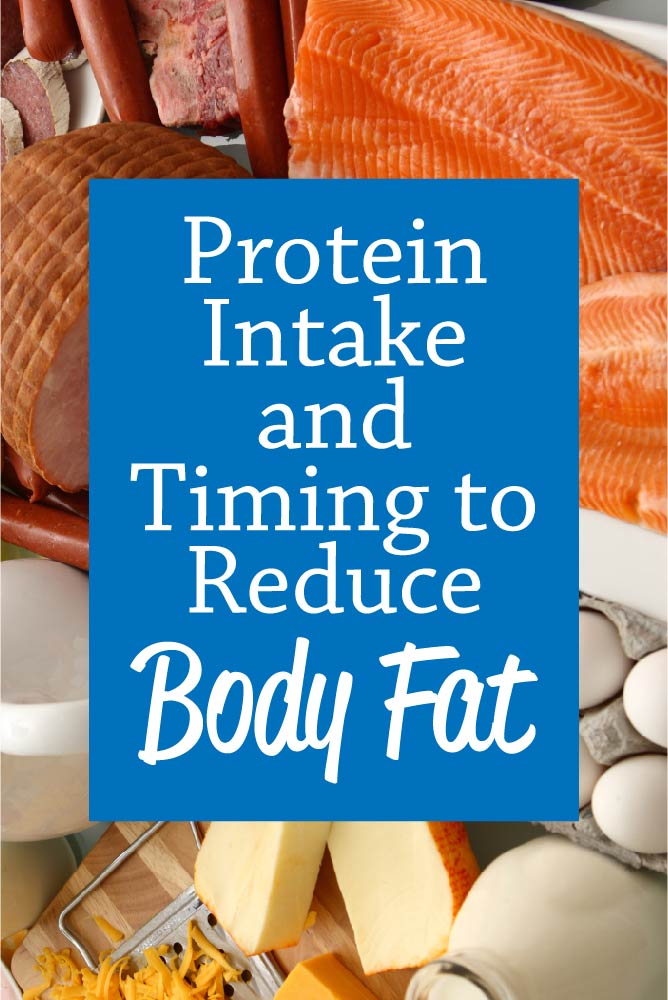What’s the big deal about protein? Why has it become the superstar of fat loss? There are a lot of reasons to pay more attention to this macro and how protein timing for fat loss. But timing the reason that protein works…that’s the real question.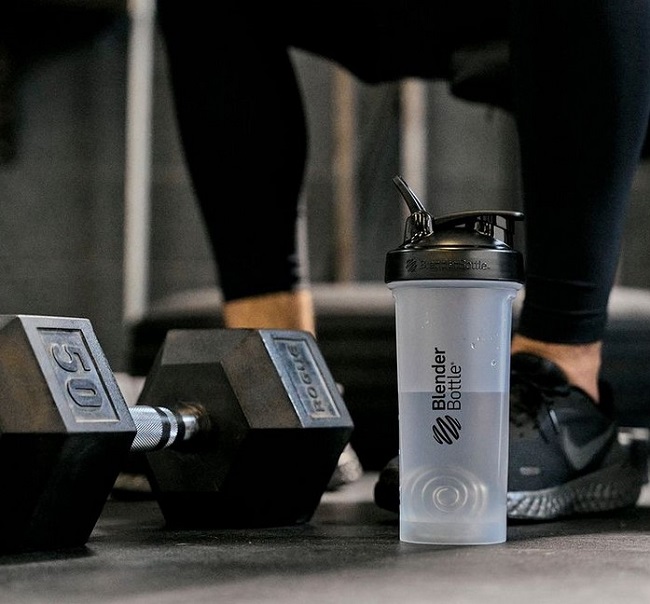 Protein timing is a well-known weight loss or muscle building strategy aimed at maximizing the body’s adaptive response to exercise.
Protein timing is a well-known weight loss or muscle building strategy aimed at maximizing the body’s adaptive response to exercise.
We are advised to consume protein around the time of a workout to promote muscle repair and remodeling, thereby improving post-exercise strength and hypertrophy. However, despite its theoretical basis, the effectiveness of protein timing in long-term training studies has shown inconsistent results.
That being said, there are some nuances to this. Particularly for our athletes who are running in menopause!
So let’s dive in to this a little deeper to understand protein timing and how important this nutrient is overall for runners
Protein Timing For Muscle Building
Protein timing simply means planning your macronutrient intake to promote fat loss or performance. The body has varying energy needs based on your workout time of day, intensity, the rest of your daily movement, etc.
A review of multiple studies showed that with respect to hypertrophy (building muscle), total protein intake was actually a bigger factor than timing!
Does this mean your post workout meal is less important? Not exactly.
Post Workout Window
I used to think the magic 30 minute window was silly. Based on studies at the time it didn’t really match up, instead it stated a good meal within 2 hours was enough.
However for FEMALE RUNNERS, and especially those over 30, that’s not the case.
After any long run, strength session or speed workout it’s ideal to take in a protein and carbs within that window because our hormones are shifting how the body is responding to the stress of workouts and recovery.
- It prevents muscle breakdown which happens rapidly for women as we age.
- It speeds up recovery, which means we can train consistently, which means burning more calories.
- Can also be used pre-workout for a bit of a boost and the recovery is already started when you stop.
- Drinking them is the fastest way to get them in to the blood to boost recovery.
- DO NOT go with a cheap protein powder that has fillers.
If you are leaning on a protein powder, then know that leucine is a must ingredient.
“Leucine provides this signal to switch from a catabolic state to an anabolic state – where the body stops breaking down muscle and starts to rebuild it. The goal is to receive this signal as soon as possible after training is completed; i.e., the sooner you switch from breaking down to building up, the better you optimally repair and recover.
BCAAs are essential to start the recovery process, they do not offer the full complement of building blocks needed to promote new muscle growth and repair – all EAAs need to be present for optimal results.”
Here are two EAA’s that I’ve used and like:
✅Thorne Amino Acid Complex
✅Perfect Amino
Protein Timing For Fat Loss
All right, so we know that for muscle it’s all about the total volume, but what about fat loss?
A 2017 study in the American Journal of Clinical Nutrition, also found that for overweight adults it didn’t impact fat loss.
But that once again comes with some caveats. We know that the average FDA recommendation for protein is vastly too low for sedentary adults, let alone anyone who is working out!
At minimum most women need 100 grams and men even more than that based on size.
Here is where protein timing can become useful because it helps you to eat enough protein, which leads to more satiety, ability to build muscle which changes body shape and allows you to workout and burn more calories.
- Spreading it out through meals and snacks and help you feel more full all day.
- Making a goal to consume it immediately post workout, ensures that you don’t put off a recovery meal and get too hungry later.
How much protein at a time?
One study put it this way “Ingestion of approximately 25-30 g of protein per meal maximally stimulates muscle protein synthesis in both young and older individuals.”
In other words balance your protein intake.
An example of what that means from a study by the University of Texas:
- Group 1: 30g protein breakfast, 30g protein lunch, 30g protein dinner
- Group 2: 10g protein breakfast, 15g protein lunch, 65g protein dinner
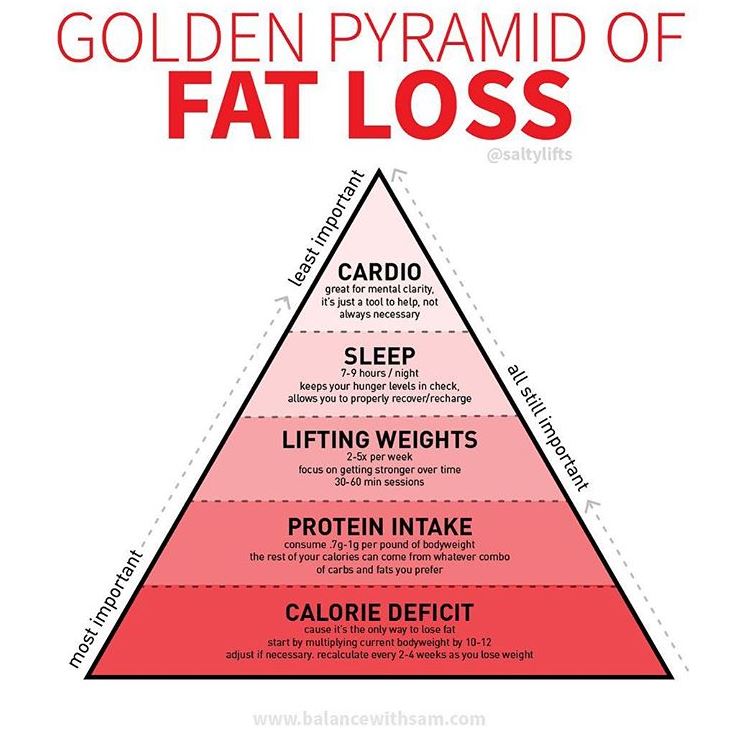
This is a technique that fitness competitors, but most of us are just looking at our daily total instead of the breakdown throughout the day.
- Focus on the total needed for the day, not just at a specific moment
- Spread it out because the body can only absorb around 30 grams at a time
- Focus on whole food sources first, it’s more filling than powder
- If you’re like me, use quality protein powder as an add on because you can’t digest enough whole food sources
- Especially important to eat 30 grams at breakfast – Tim Ferriss first started this idea with the Slow Food Diet, but science has proved it to help decrease appetite throughout the day.
- Eat a complete meal within two hours after your workout. Studies show that protein synthesis is at it’s highest then, which means great recovery and improved endurance performance.
Easy Meal Ideas to Increase Protein:
What we measure we manage.
Therefore, I think if protein is a focus then at least for awhile, it’s really useful to measure and track your food. What I thought was 4 oz of chicken was closer to 2!
While I love being an intuitive eater, when putting in a lot of miles I found my appetite dropped or I just wanted doughnuts. Well neither was going to help me run my best, so tracking helped keep me on track.
For example, most people snack on high carb options. Thinking instead about needing protein, helped me reshape those grazing periods.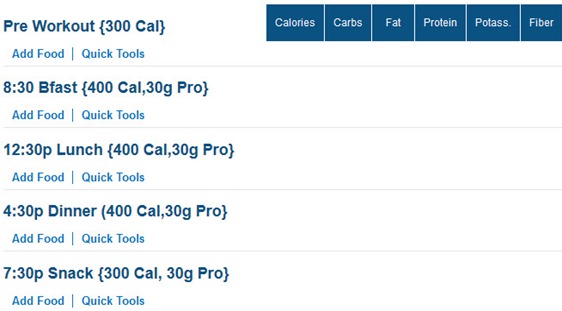
As always I’m not just interested in quantity, I want QUALITY.
Eating a bunch of red meat or non-hormone free meat isn’t going to enhance my health, so I’m focused on great sources of protein.
Ideas to Increase Protein:
- Vega Sport {my personal favorite as I can mix just with water and drink}
- Flax, hemp, chia seeds
- Nuts and nut butters (with only nuts)
- Tempeh – careful if gluten is an issue
- Tofu
- Fish {a few times a week}
- Lentils, black beans, chickpeas
- Gluten free oats {Love Grown Foods}, quinoa
- Veggies of all kinds
- Organic Chicken sausage, turkey {a few times a week}
- If you can tolerate it eggs and quality dairy are amazing sources – I unfortunately have food sensitivities
- Red meat maybe twice a month (finding it necessary to help with my iron levels)
I’ve got an entire series on going plant based for athletes, so if you’re looking in this direction check out those!
How Much Protein Do Runners Need?
Honestly, I am back and forth on this idea. I listen to my Vegan friends say we don’t need that much and my Paleo friends say that we need more and of course they all have great stories to prove they’re right.
Which is why I always go back to the idea that we are an experiment of one.
There wouldn’t be a bajillion different diets if they all worked for all of us.
Recommended daily protein intake is roughly as follows:
- Healthy adult: 0.8 grams/kg
- Endurance athlete: 1.2-1.4 grams/kg
- Resistance athlete: 1.6-1.7 grams/kg
Endurance athletes need more protein because we are metabolizing muscle during extended workouts.
It’s nearly impossible to take in the amount that you are burning during a workout because you simply cannot digest that food.
Which means your body is burning both carbs and fat for fuel, but YES during long runs it may also start to pull from muscle when stores run low. This is NOT to say that you shouldn’t do cardio while muscle building, that’s an old outdated myth. Most people focused on muscle building are doing marathon training runs.
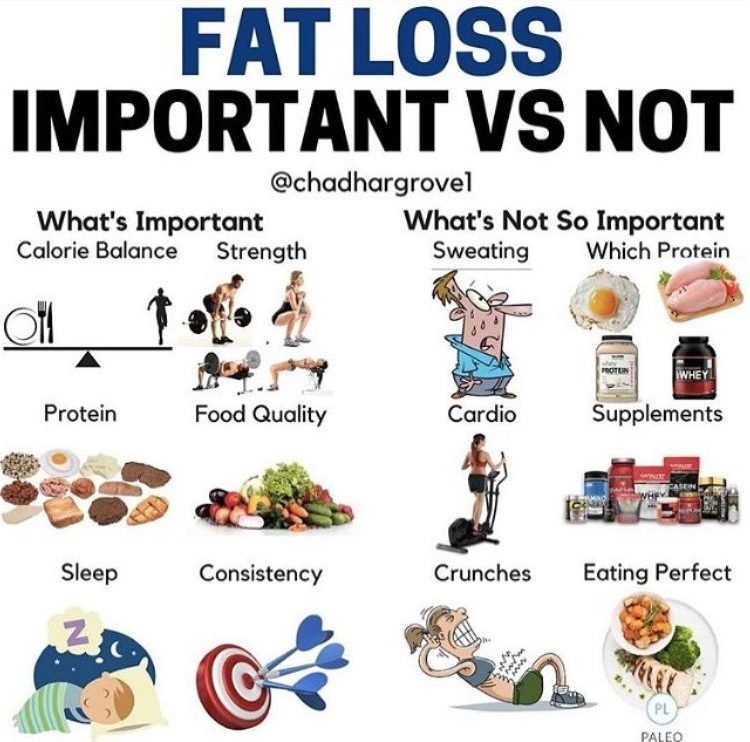
For years, my intake was far too low.
I didn’t realize just how big of an impact it would make until I started eating about 1 gram per pound and my energy levels evened out and look at that my body fat dropped!
It’s taking some extra thought and planning at each meal for me to ensure that I hit those numbers (which yes is where the idea of macros come in, that I’ll note below).
Protein Benefits for Runners
First we need to understand why runners need so much more than just a high carb diet.
- Improved body composition
- Improved recovery between workouts
- Increases feeling of fullness so we aren’t overeating from RUNGER
- Helps to decrease sugar cravings
Do runners need to count macros?
Not exactly.
However, macros are a really great way to get you thinking about where your calories are coming from.
Many runners looking to lose weight could actually shift the balance of their calories instead of dropping calories and see better results!
What does that mean?
It could mean going from 60% carbs, 20% fat, 20% protein to something more like 40% carbs, 30% fat, 30% protein — same calorie total, but made up differently.
I have a lot more information on how to use macros as a runner if you want to see if it works for you! 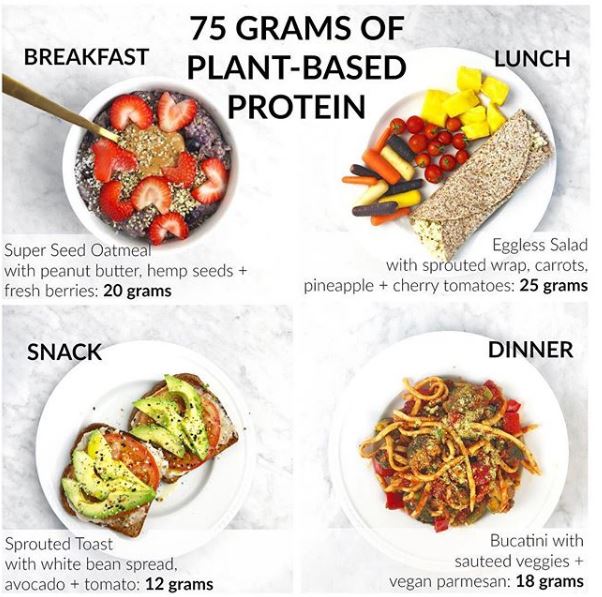
Consider Working with a Sports Dietitian
How many different diet plans have you looked at over the years?
Picked up a cookbook like Eat Clean and flipped straight to the meal plan section to see how it looks…read every issue of Women’s Health, Self and whatever else with 7 day meal plans.
Each one looks delicious and with good intentions we set out to follow it, but honestly it’s such a huge departure from our normal eating patterns that many quit after just a few days.
Instead of overhauling every morsel you eat on day one, a good dietitian will take you through a process:
- Be brutally honest about what you are eating for one week
- Calculate all the macro and micro nutrients to see where you might be high or low (ideal to get a blood test!)
- Discuss your goals {performance, weight, energy, food sensitivities}
- Review what initial changes you can make
- Test for food sensitivities if desired
Let’s use nutrition to our advantage!
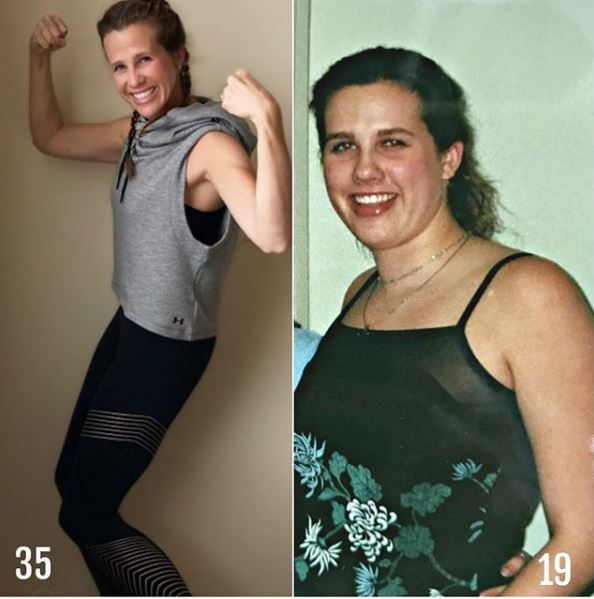
Additional Sports Nutrition Articles
How much protein are you eating?
Do you spread it throughout the day?
Other ways to connect with Amanda
Instagram Daily Fun: RunToTheFinish
Facebook Community Chatter: RunToTheFinish
Get more running tips: Pinterest
